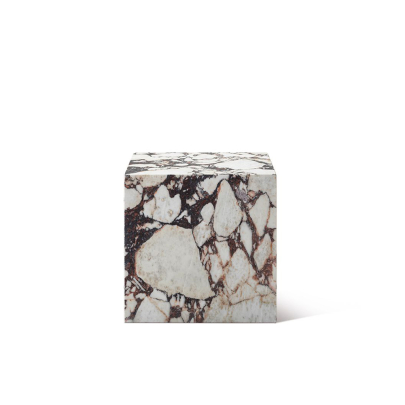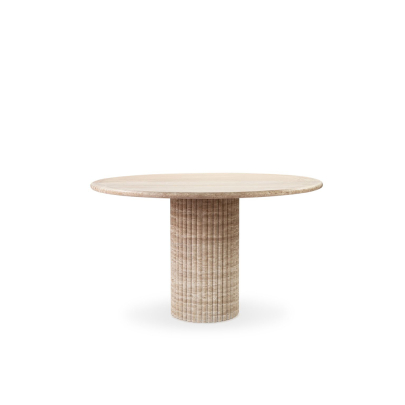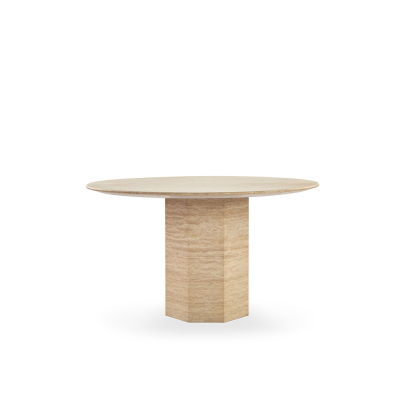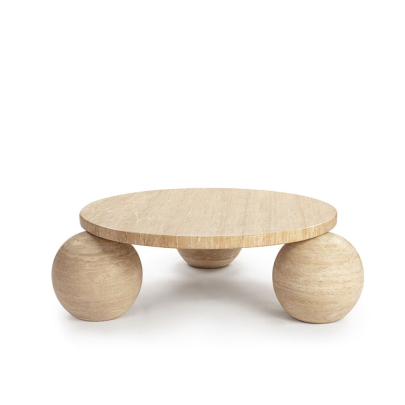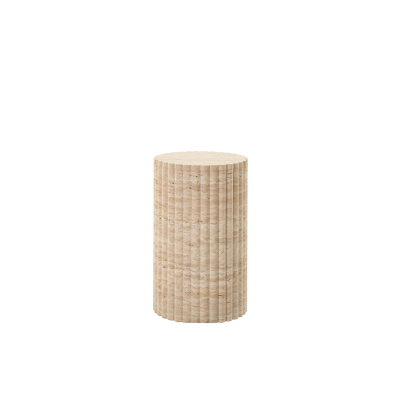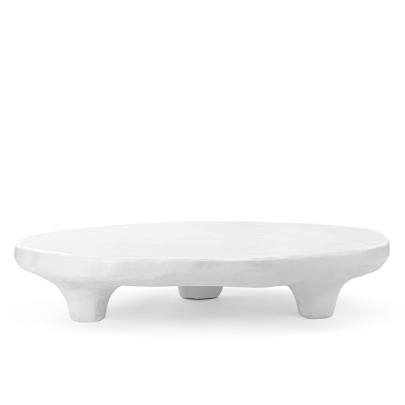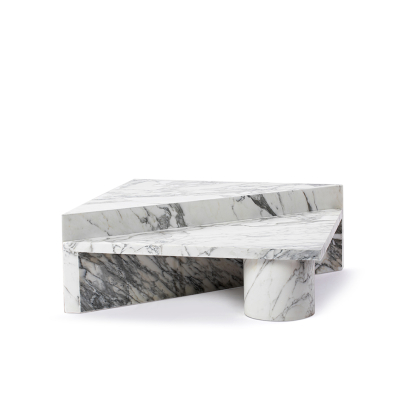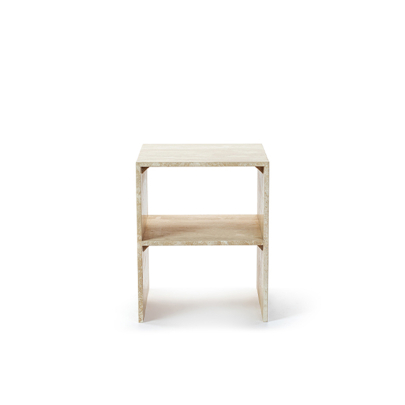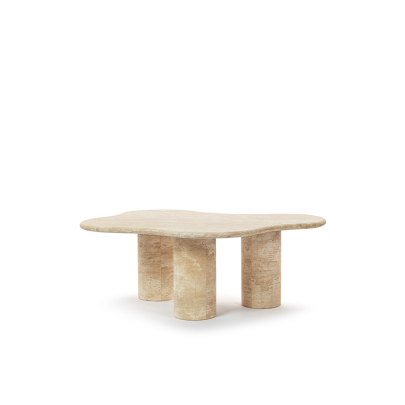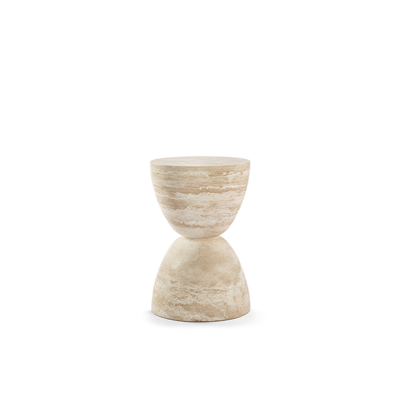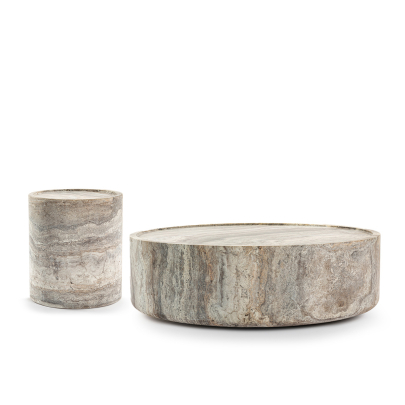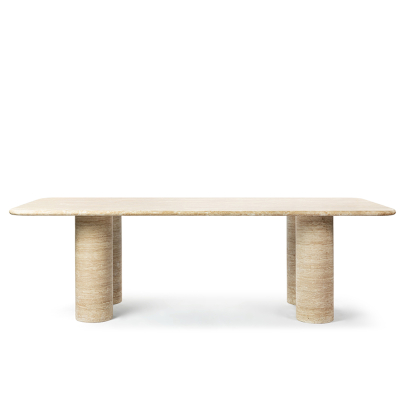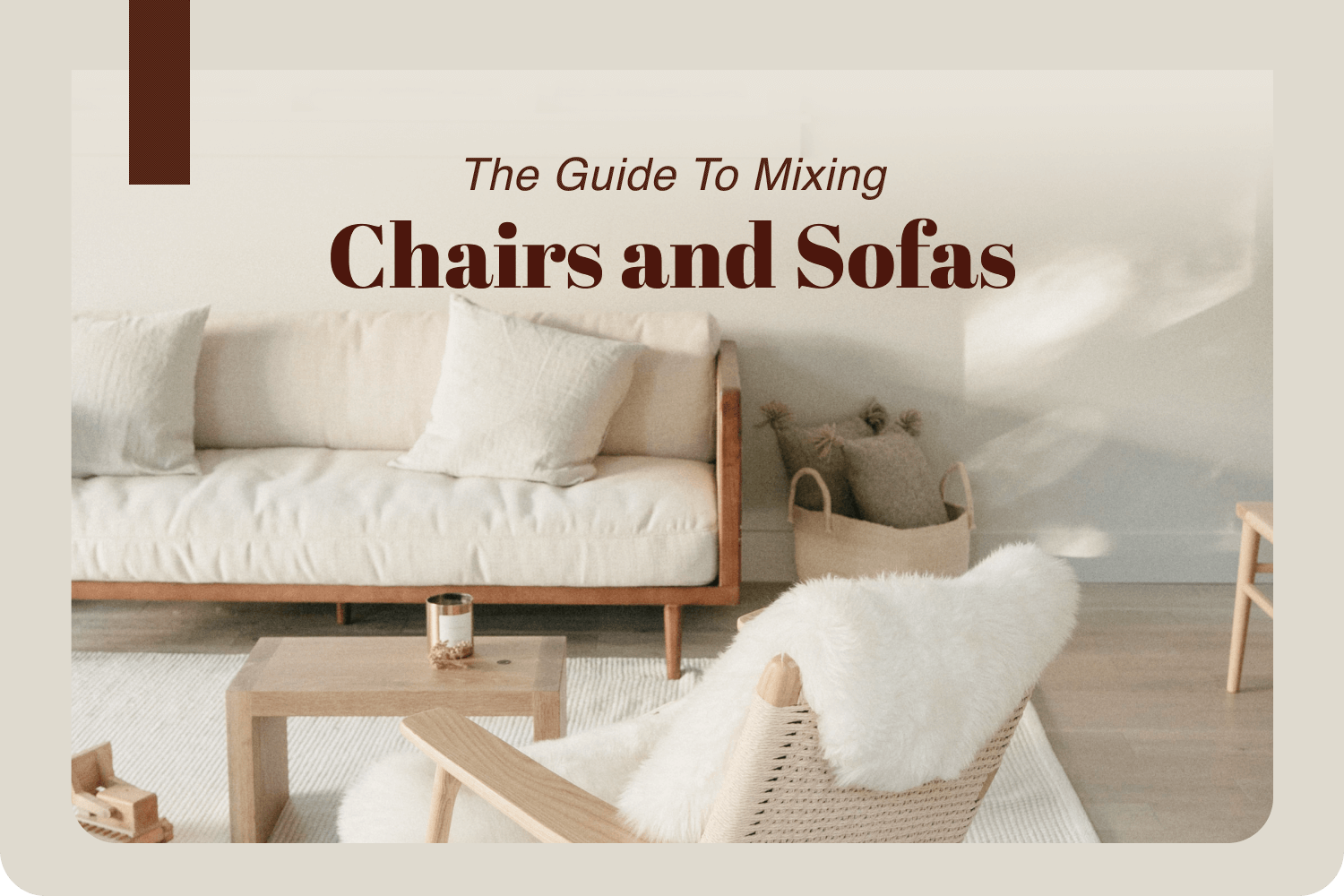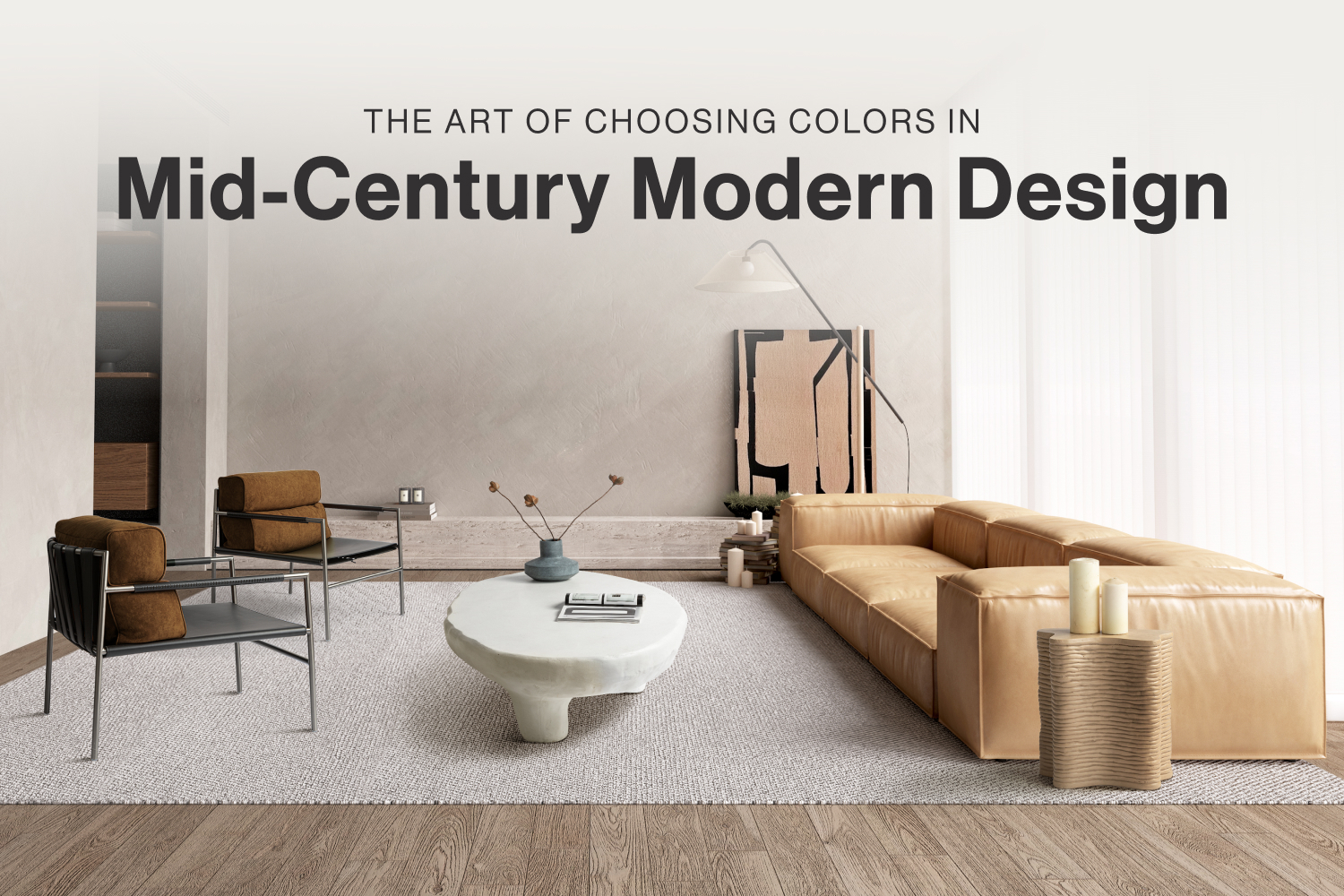
The Art of Choosing Colors in Mid-Century Modern Design
Mid-century modern design is known for its clean lines, organic forms, and natural materials. However, that doesn't mean it's a style that's devoid of color. In fact, mid-century modern homes are often characterized by bold hues and bright pops of color. If you're looking to add a splash of color to your mid-century modern home, here are some tips to help you get started.
Choose Your Color Scheme
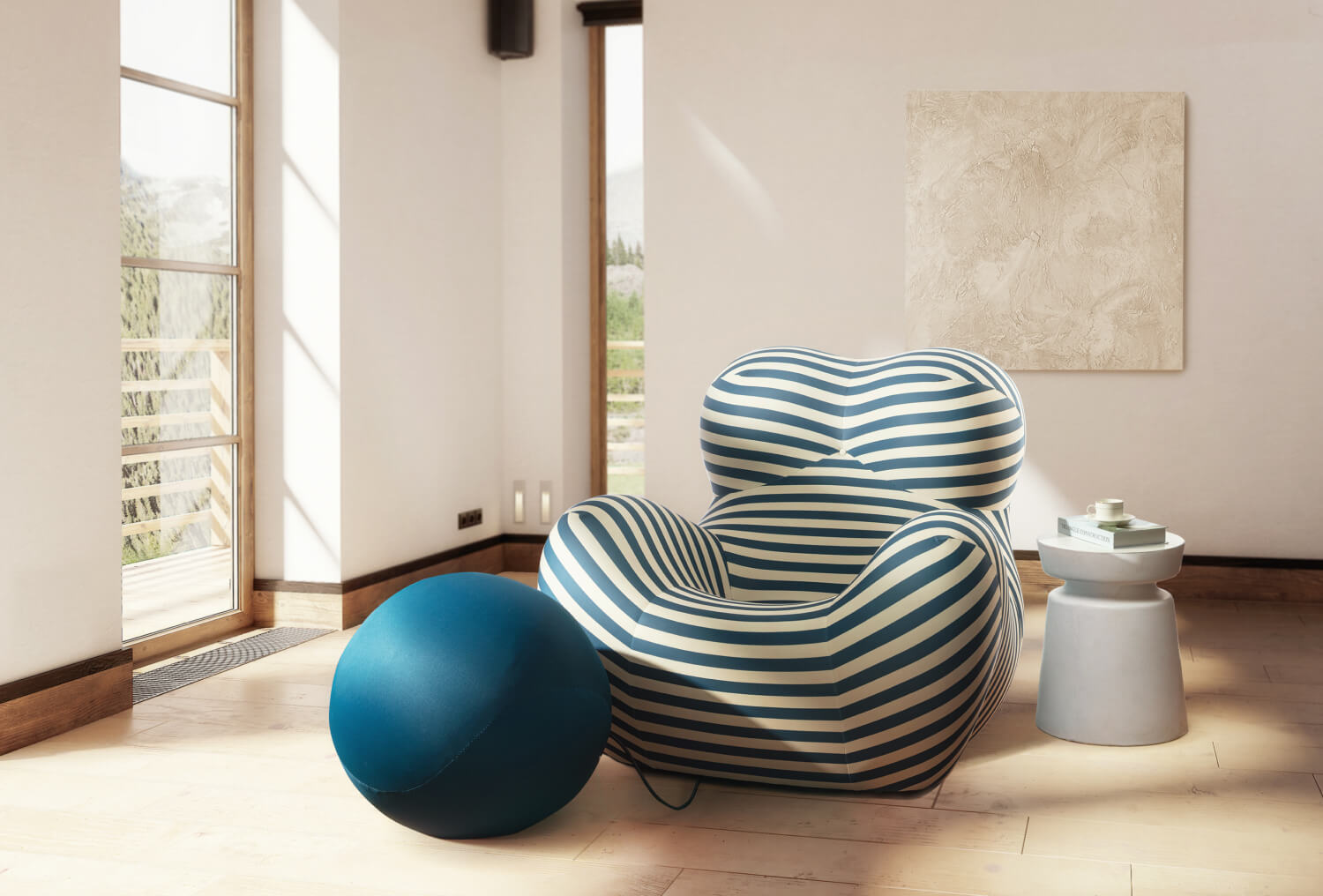

To get started, choosing a color scheme that reflects the mood you want to create is critical. Mid-century modern design is known for its use of primary colors such as red, yellow, and blue. However, you can also opt for complementary colors like green and purple or warm and cool tones like orange and blue.
When selecting your color scheme, it's important to consider the mood you want to create in your space. Bold and bright colors like red and orange can create an energizing and lively atmosphere, while cool and calming colors like blue and green can bring a sense of tranquility to your space.
One way to decide on a color scheme is to take inspiration from a piece of artwork, fabric, or even a rug that you love. Look for colors that are used in these items and use them as a guide to create a cohesive color palette throughout your space.
Another approach is to play with color contrast. Bold colors can be used to create a striking contrast against a neutral backdrop. For example, a bright yellow accent wall can pop against white furniture, while a red sofa can stand out against a gray wall. By incorporating bold colors in this way, you can add visual interest and depth to your mid-century modern home.
Start With Small Accents


A great place to start is with small accent pieces. This can include throwing pillows, area rugs, curtains, or even small decorative objects. Incorporating these pieces can allow you to experiment with bold colors without having to commit to a larger furniture piece or full room makeover.
When selecting your accent pieces, look for textures and patterns that will add visual interest to your space. This can include geometric patterns, stripes, or abstract designs that are typical of mid-century modern style. Consider mixing and matching different patterns and textures to create a layered look.
To add a pop of color with accent pieces, choose hues that complement or contrast with your existing color scheme. For example, if you have a mostly neutral room, consider adding a bright yellow or red throw pillow to make a statement. If you already have bold colors in your space, opt for accent pieces in complementary or neutral tones to balance out the look.
Add Color Through Furniture
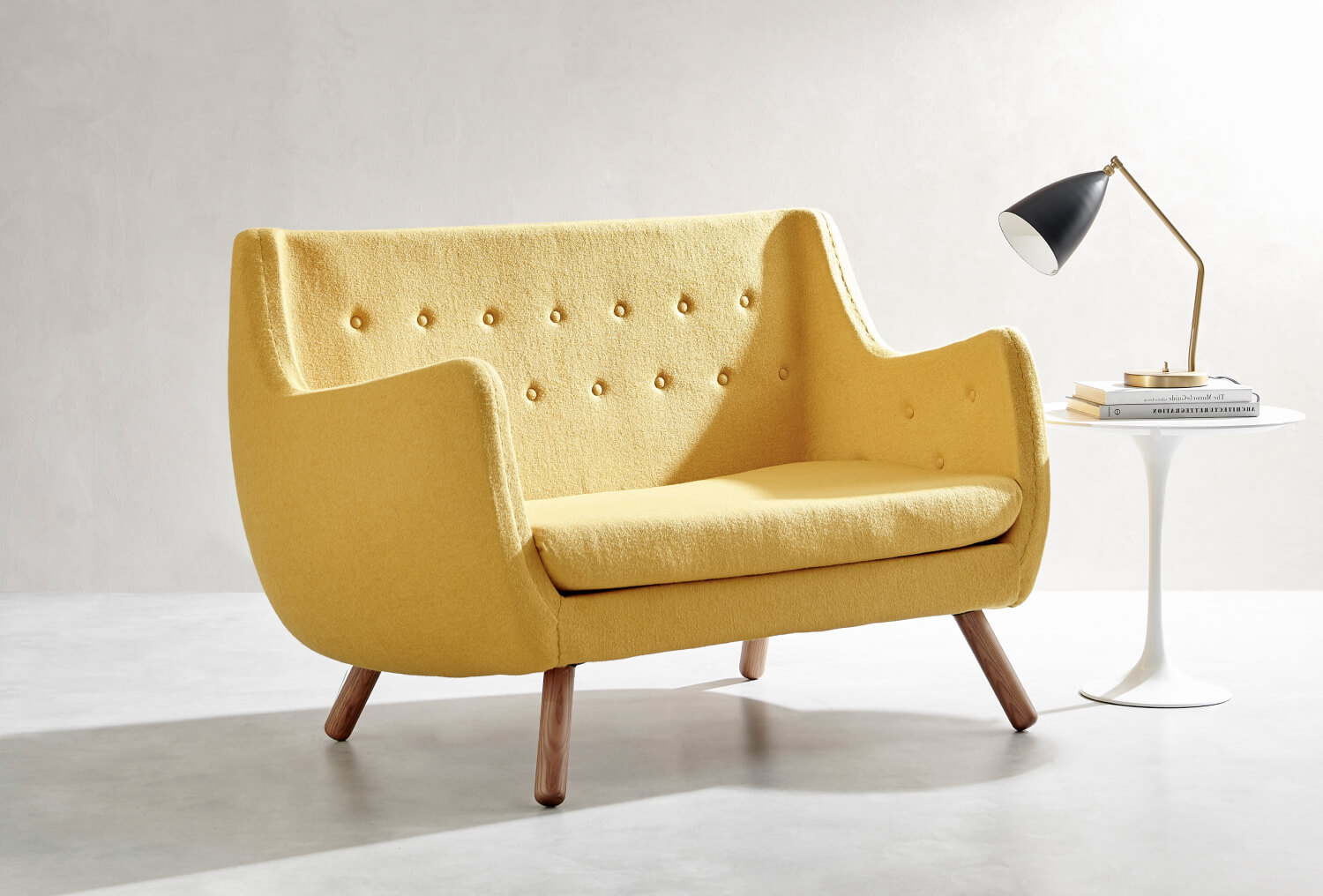

To make the most of this approach, it's important to choose furniture pieces that have a clean, modern design with organic forms that reflect the mid-century modern aesthetic. Look for furniture that has simple lines and minimal ornamentation, as this will help ensure that your bold color choices remain the focal point of the space.
When selecting your furniture pieces, consider the colors that will best complement your existing color scheme. If you've opted for a neutral backdrop, a bold and bright Eternity Modern sofa or accent chair can make a dramatic statement. Alternatively, if you've already introduced bold colors through accent pieces, consider incorporating furniture that features a more subtle pop of color.
Another option is to consider a colorful rug or wall art as a focal point. This can be a great way to incorporate bold colors without committing to a large piece of furniture. A colorful rug can anchor your space and add texture, while a vibrant piece of art can create a stunning visual statement.
Create Contrast With Neutrals
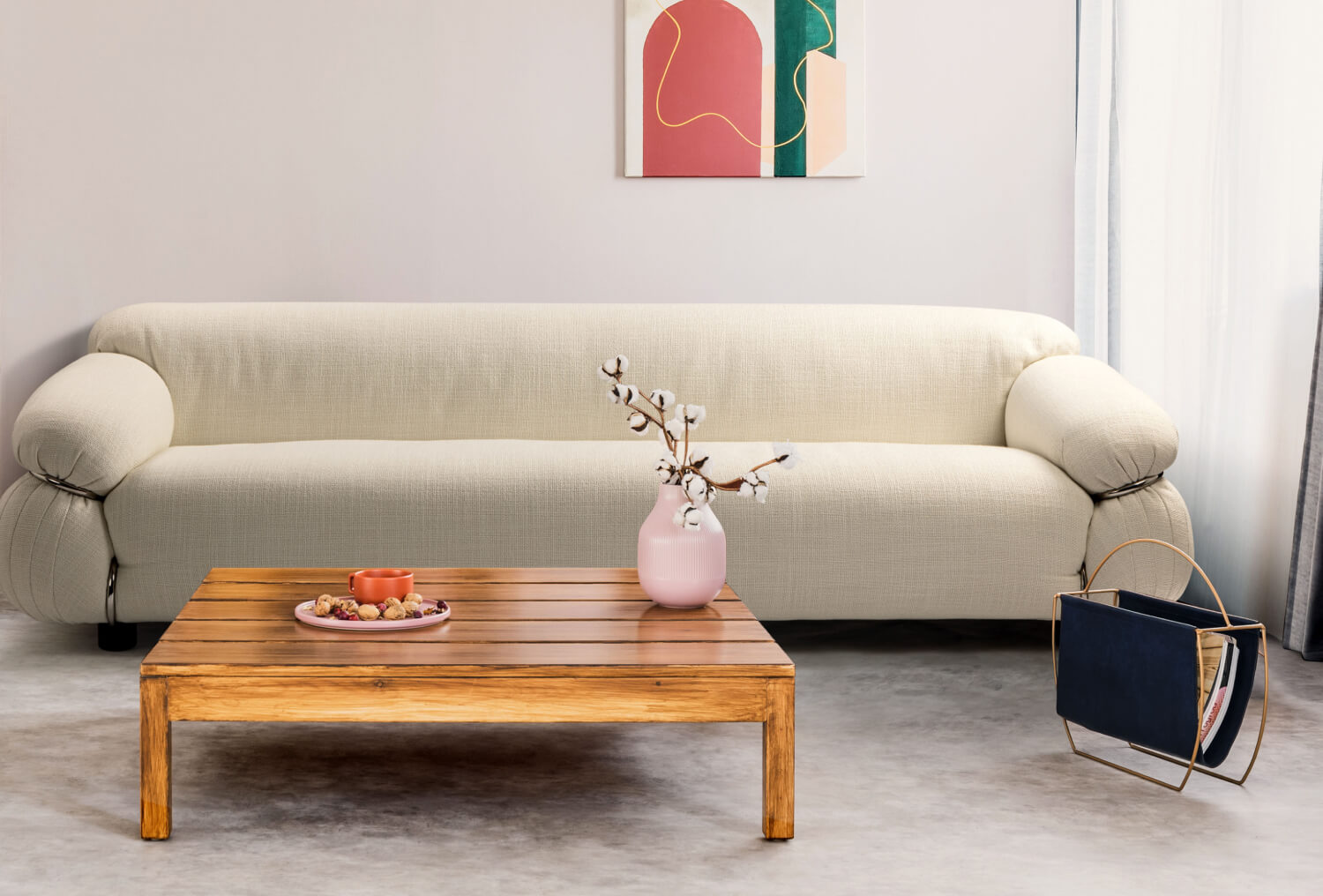

To create contrast with neutrals, there are several strategies you can use. One approach is to paint an accent wall in a bold color while leaving the remaining walls in a neutral shade. For example, a bright orange accent wall can create a striking contrast against a white backdrop, while a deep green accent wall can stand out against a gray background. Another option is to use bold colors in furniture and decor while keeping the walls and floors neutral. This can create a visually appealing balance between the bold and the subtle.
When choosing neutrals to pair with bold colors, consider the undertones of the neutral colors. For example, pairing a warm neutral like beige with a cool-toned blue can create a jarring contrast. Instead, opt for a neutral color with a similar undertone as the bold color. For example, a warm beige can complement a warm-toned red sofa.
Incorporating texture into the neutral elements of your design can also create visual interest and depth. For example, adding a woven rug with subtle patterns or a textured throw blanket can break up the monotony of solid neutral colors and add visual appeal. Additionally, using metallic accents like a brass lamp or a copper vase can add shine and contrast against neutral colors.
Use Color To Highlight Architectural Features


Using bold colors on your walls can be a great way to draw attention to these features. For example, if your home has wood paneling, consider painting the walls a bold green color to bring out the natural wood grain. The green color will make the wood pop and add depth and texture to the space.
Similarly, a deep blue accent wall can create a dramatic backdrop for an exposed brick fireplace. The contrast between the cool blue tone and the warm red tones of the bricks can make for a stunning visual effect. This technique can also be used to highlight other unique features in your home, such as an exposed beam ceiling or a built-in bookshelf.
Another way to incorporate color into your home's architecture is to use bold accent colors on doors and trim. For example, a bright yellow door can make a statement in an otherwise neutral hallway, while bold blue trim can add a pop of color to a white room. This technique is a great way to add interest and personality to your home's architecture without overwhelming the space.
Experiment With Lighting


Lighting can make or break the look of your bold colors in a mid-century modern home. It can influence the mood and atmosphere of your space and even alter the perceived size of a room. Experiment with different lighting fixtures to see how they affect the colors in your space. Warm lighting can make bold colors feel more inviting and cozy, while cool lighting can give them a more dramatic and sophisticated feel.
You can also use lighting to highlight specific features in your space, such as an art piece or an architectural element. For example, a strategically placed spotlight can create a dramatic effect on a bold-colored accent wall.
When it comes to lighting fixtures, choose pieces that reflect the mid-century modern aesthetic. Pendant lights, floor lamps, and snoppy lamps can add visual interest to your space while complementing your bold colors.

